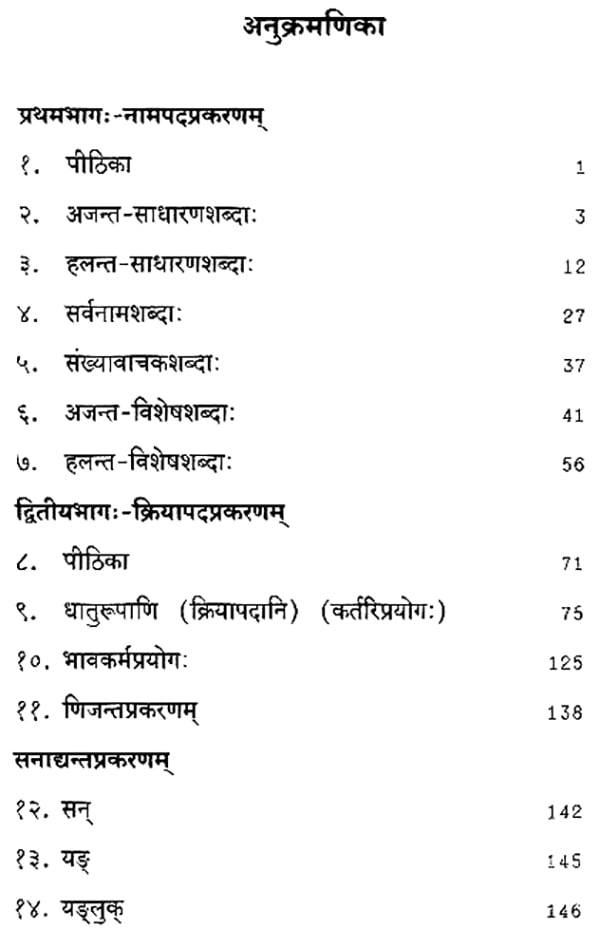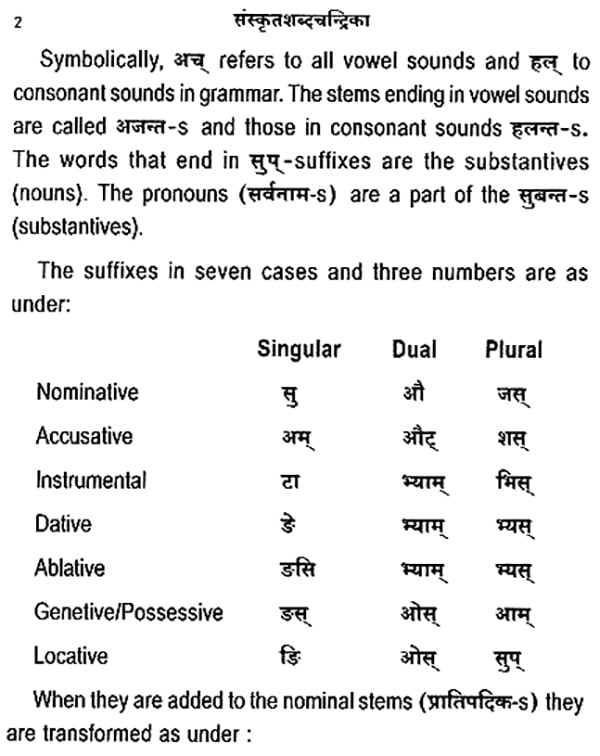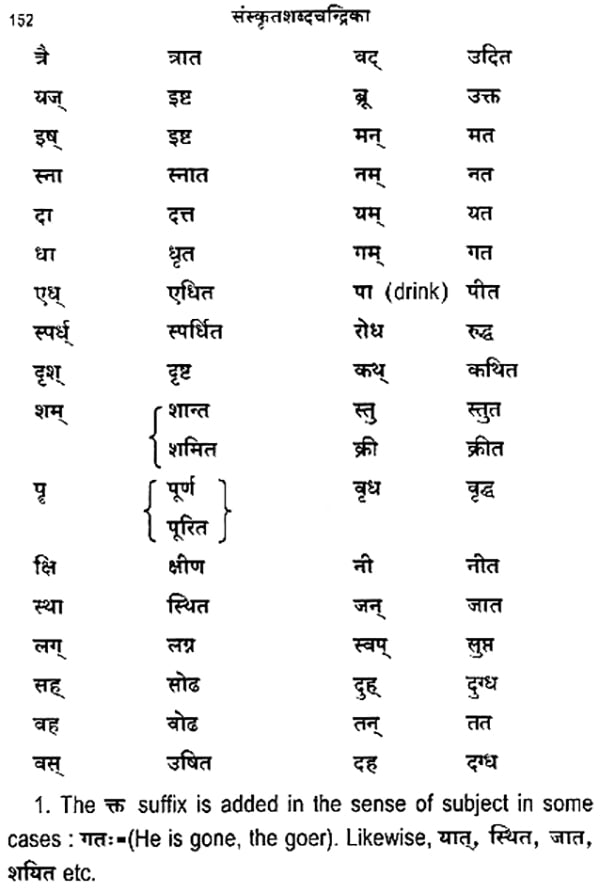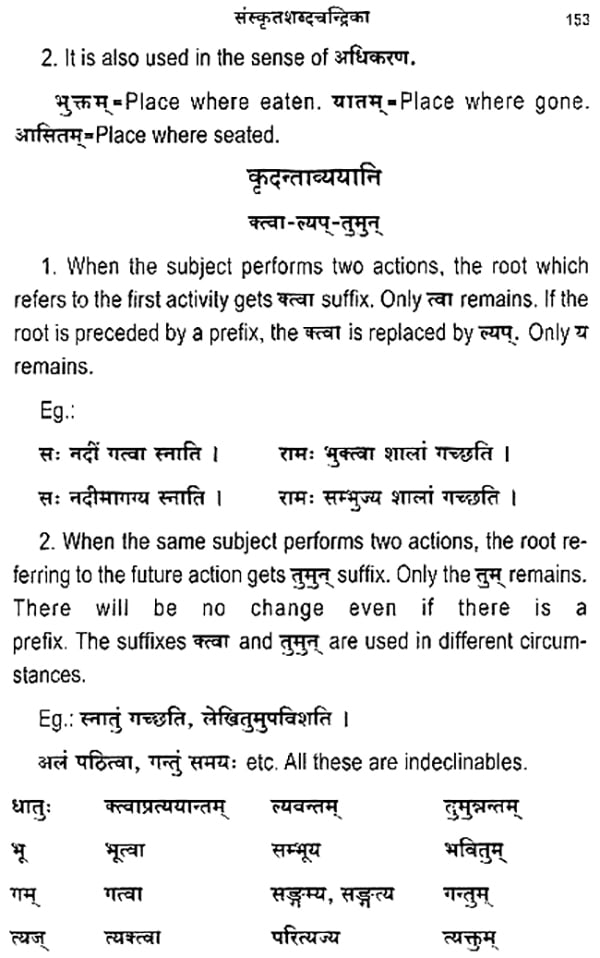
शब्दचन्द्रिका: Shabda Chandrika
Book Specification
| Item Code: | MZJ783 |
| Author: | Vidwan N. Ranganatha Sharma |
| Publisher: | Vidya Bharati Press, Karnataka |
| Language: | SANSKRIT |
| Edition: | 2016 |
| Pages: | 178 |
| Cover: | PAPERBACK |
| Other Details | 8.50 X 5.50 inch |
| Weight | 180 gm |
Book Description
The Sura Saraswathi Sabha was established as an associated institution of the Sharada Peetha by the late Sri Sri Abhinava Vidyatirtha Mahaswamigal in 1969 with the grand objective of spreading the essence of eternal Indian Culture among the common public through the spread of Sanskrit language. The Sabha has successfully spread the message of Sanskrit in accordance with the objectives of the revered Sri Sri Swamigal.
For the benefit of the students, the Sura Saraswathi Sabha has published several books. A thorough knowledge of nominal stems and verbal root is absolutely essential for a good grounding in Sanskrit. In order to fulfill this need, ‘Samskrita Shabda Chandrika’ is being published.
The present work is the English version of the book and is prepared by Vidwan N. Ranganatha Sharma, a renowned scholar of Samskrita Grammar and a prominent disciple of the Srimatha. He has provided a detailed account of the nominal stems and verbal roots and important rules of Sanskrit Grammar, with a view to guiding the students through the maze of Sanskrit Grammar. It has been ably rendered into English by Sri R.N. Nagaraj, who has an abiding interest in the spread of Sanskrit and Indian Culture.
Student of Sanskrit language need to know the declensions of nominal stems and the conjugation of verbal roots in all their forms. It is not an easy flask lo understand these forms based on the application of rules of grammar, more so at the elementary levels. Hence the students should inevitably commit to memory these final formations. This has been the case traditionally and it has been time-tested.
Generally the nominal stems resemble one another. There are some differences in pronouns. But fortunately they are few in number. If one learns by rote these declensions, probably one can understand and relate all the literary usages of these stems in the vast literature. However, the verbal roots pose a lot of difficulty because of their diversity. Although the roots are classified into ten classes. each root has diverse final forms depending on whether it is set, anit, vet, atmanepadin, parasmipadin, or ubhayapadin etc. unlike the nominal stems, these are complicated. Hence only a few commonly used roots are chosen here for fuller treatment. The final forms of one root normally resemble those of another. The teachers should guide the students who have committed these forms to memory on the correct usage of other forms.
We have touched upon the important participles also as they are of immense help while composing simple sentences in Sanskrit and also in translation.
The Sura Saraswati Sabha has been conducting simple examinations for the preservation and propagation of Sanskrit. Owing to their popularity, the number of students appearing for these examinations is growing rapidly. I finally hope that this book will be of special assistance to them. I thank all those who have helped me to prepare this book.
**Contents and Sample Pages**














